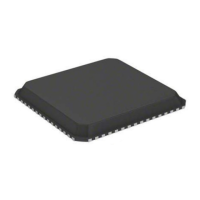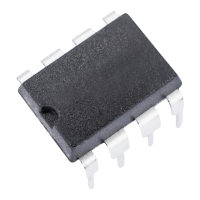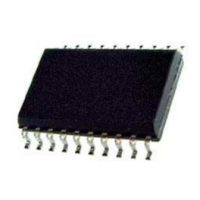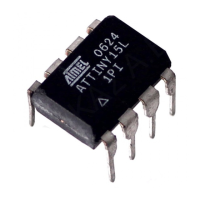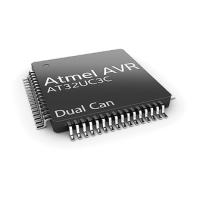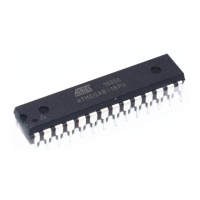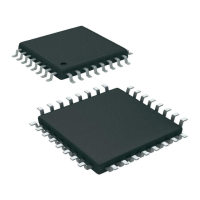113
7679H–CAN–08/08
AT90CAN32/64/128
13. 16-bit Timer/Counter (Timer/Counter1 and Timer/Counter3)
The 16-bit Timer/Counter unit allows accurate program execution timing (event management),
wave generation, and signal timing measurement. The main features are:
13.1 Features
• True 16-bit Design (i.e., Allows 16-bit PWM)
• Three independent Output Compare Units
• Double Buffered Output Compare Registers
• One Input Capture Unit
• Input Capture Noise Canceler
• Clear Timer on Compare Match (Auto Reload)
• Glitch-free, Phase Correct Pulse Width Modulator (PWM)
• Variable PWM Period
• Frequency Generator
• External Event Counter
• Four independent interrupt Sources (TOV1, OCF1A, OCF1B, and ICF1 for Timer/Counter1 - TOV3,
OCF3A, OCF3B, and ICF3 for Timer/Counter3)
13.2 Overview
Many register and bit references in this section are written in general form.
• A lower case “n” replaces the Timer/Counter number, in this case 1 or 3. However, when
using the register or bit defines in a program, the precise form must be used, i.e., TCNT1 for
accessing Timer/Counter1 counter value and so on.
• A lower case “x” replaces the Output Compare unit channel, in this case A, B or C. However,
when using the register or bit defines in a program, the precise form must be used, i.e.,
OCRnA for accessing Timer/Countern output compare channel A value and so on.
A simplified block diagram of the 16-bit Timer/Counter is shown in Figure 13-1. For the actual
placement of I/O pins, refer to “Pin Configurations” on page 5. CPU accessible I/O Registers,
including I/O bits and I/O pins, are shown in bold. The device-specific I/O Register and bit loca-
tions are listed in the “16-bit Timer/Counter Register Description” on page 135.

